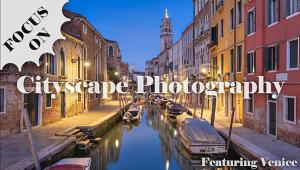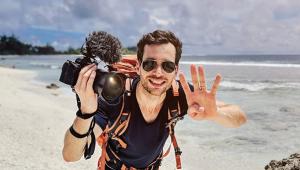How to Use Your Curiosity to Shoot Better Travel Photos: Tips from Pro Photographer Bob Krist
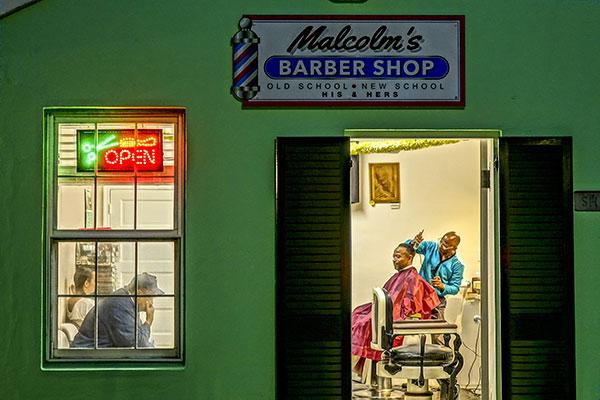
Given skill, experience, and the awesome capabilities of today’s gear, what else is it that makes a great travel photographer?
When we asked Bob Krist, who might be considered the category’s gold standard, he put curiosity high on the list. “I often say that I look on the camera as a license to be curious. Curiosity is what launches you into a lot of pictures.”
And it’s often curiosity guided by the senses. Sight, of course, but don’t stop there.
“When you hear some music, track it down; it’ll often lead to good pictures,” Krist says. “If there’s an aroma of great cooking in the air, maybe you’ll find a bakery, or someone cooking outdoors, and that’s a picture. I’m normally kind of shy, but the camera gives me an excuse to poke around. ‘Hey, what’re you cooking? Can I take some pictures?’”

Next on the list is this advice: “Go solo, or with one other person. Photo tours are a great thing, and I’ve led plenty of them, but I don’t think it’s good if the only way you travel is in a gang with other photographers.”
Krist believes that travel photography should be part voyage of discovery, and on that voyage it’s good to be on your own, in an unfamiliar place, learning to deal with it. “That’s a big part of growth,” he says, “not only as a photographer, but also as a person and as a traveler.”
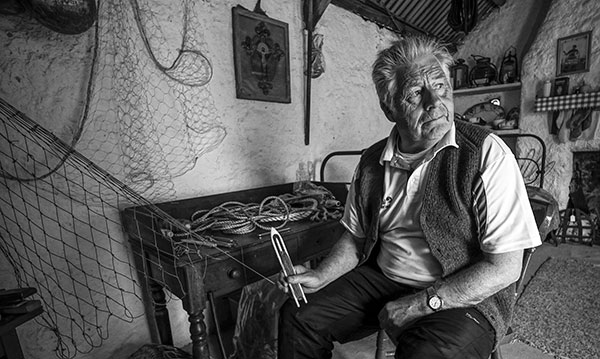
On the Edge
Bob Krist tells the story of a great National Geographic photographer who would get so upset by the scope of every assignment that the only response was to send a letter of resignation. But it was only the first days that were so unsettling; soon everything would fall into place. Still, the same letter was sent for almost every assignment during that photographer’s long and illustrious career.
Krist understands it perfectly.
“I have the same reaction the first week I get anywhere,” he says. “Fifteen days to do a story on Buenos Aires and the town is big, and I’m monolingual, and the weather isn’t good. I called my wife, Peggy, and said, ‘Look, I’ve gotta learn how to sell real estate, I can’t do this.’ And she’d talk me off the ledge: ‘You’ve got your shot list—go out and find a couple of skylines; do some food shots; start chipping away at it.’
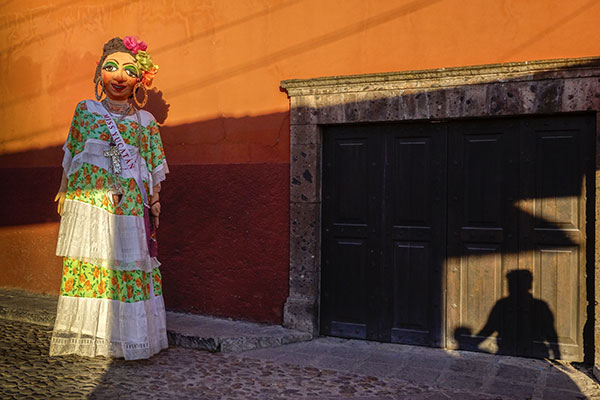
Almost every place I went, I’d call Peggy and tell her I was leaving the business, and by the end of the assignment, even a short assignment, I’d be saying, ‘We should move down here, this is the greatest place, I love it, and I’m looking at places to live.’ And she’d talk me off that ledge, too.”
The feeling of disorientation, he says, is part of the process. It’s almost, if you’re not panicked, you’re not ready to do the job. “Panic gives you energy, which can be positive or negative, but either way, it gets you out of your hotel room. As long as I’ve done this job, that feeling of being overwhelmed never goes away. I recognize it as early panic mode, then I go out and do the job.”
Finally, this advice, prompted by Peggy Krist’s reminder of the checklist: While it can get you started on what seems to be an impossible mission, it can be a limiting factor, an on-ramp to the ordinary. Use it, but go beyond it. “It’s an anchor, a help, and a start,” Krist says. “It’s not the job.”

Into Video
It’s also not the job to duplicate what other people have done, or to deliberately try to outdo them. “These days it seems everyone wants to get the same views that their friends posted to Instagram,” Krist says.
Travel photography, he maintains, is not about imitating the popular people on social media. People will follow you if you’re original, if you break your own ground.
It was Krist’s awareness of the imitation factor—of seeing so many people taking pictures of the same things, even though many of the pictures were excellent—that led him a dozen years ago to begin adding video to his imaging.

He stared by considering his strengths. “I could photograph people—still the hardest category for most photographers—and I could tell stories. Video was the chance to tell people’s stories beyond the single image.”
With video capability starting to be added to still cameras, the timing was right, and today video is an important part of Krist’s assignment work.
“After 30 years of shooting stories for magazine and book projects, I had a pretty good story sense, and that helped me overcome the high learning curve of video editing. I think shooting is not that much of a challenge for accomplished still photographers—we know composition and light—and I’ve become proficient enough at editing.”

Knowing the demands of editing, of what shots he’ll need, has made him a better, more story-oriented stills shooter. “And it’s given me new energy for telling stories, and a greater awareness of the need for detail shots. In fact, video has completely rejuvenated my love for the visual medium, for traveling, and for storytelling.”
Talking to Bob Krist gave us the idea that photographers might up their travel game by thinking that they’re shooting for a magazine story. Their images may be for a family-and-friends slide show, or posting to social media, but the assignment mind game might well inspire a balanced, detailed, nuanced story.

And if it’s really about your curiosity, your ability to go it alone and succeed beyond your comfort zone, then maybe 90 percent of travel photography is half mental.
We borrowed that from Yogi Berra.
In case you were curious.
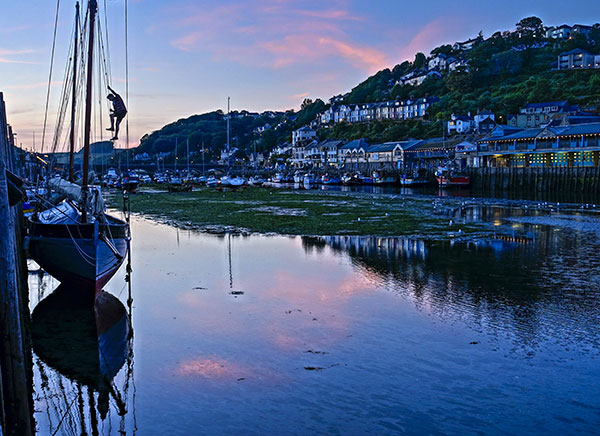
Bob Krist is a Sony Artisan of Imagery. His website, bobkrist.com, offers an extensive collection of still images. To view his videos, visit vimeo.com/bobkrist.

What’s in Krist’s Gear Bag

• The travelin’ man’s current still/video camera outfit. Left to right: Sony RX10, Sony Vario-Tessar T* E 16-70mm f/4, Sony E 35mm f/1.8 OSS, Sigma 16mm f/1.4 DC DN, Sony FE 85mm f/1.8, and Sony A6500 with half cage mounted with a Sony E 10-18mm f/4 OSS lens.
• His setup for shooting video features a Feisol CT-3441T Rapid Carbon Fiber Traveler Tripod, a Really Right Stuff Universal Leveling Base, an Edelkrone Wing 3 Slider, and a Really Right Stuff BH-40 Ballhead with clamp release.









